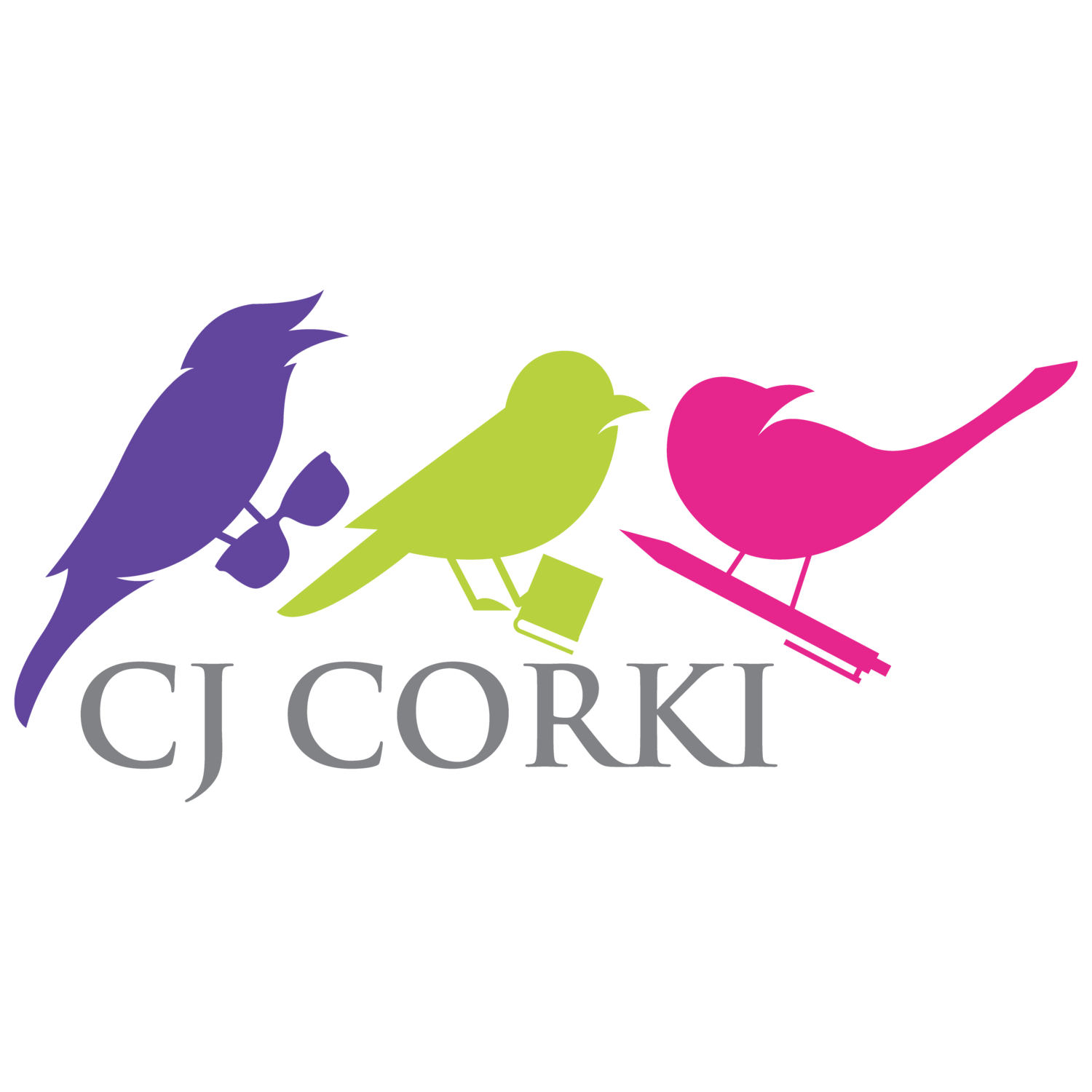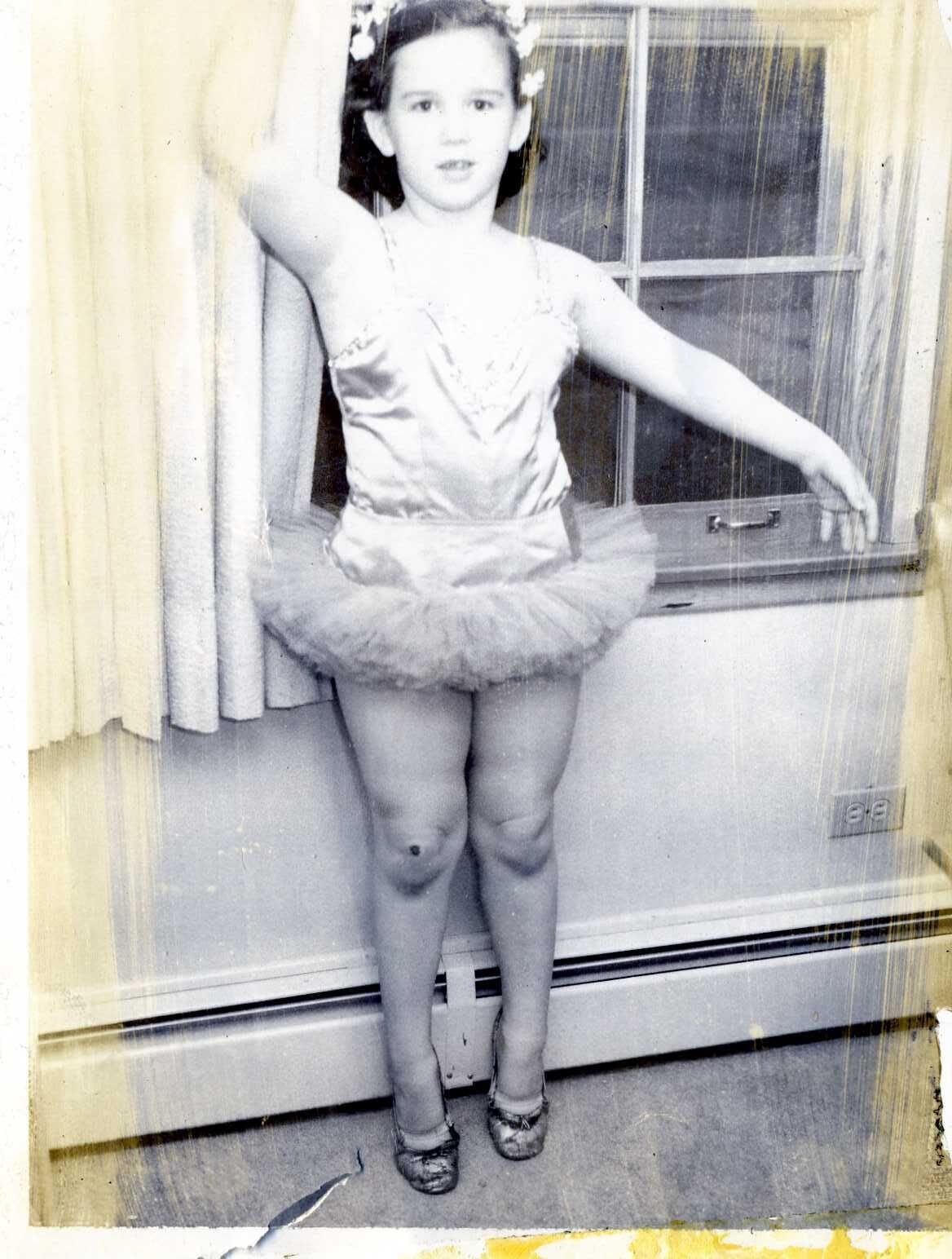Brushing Through Childhood: Memories from Art Lessons
Move over Picasso, Rembrandt, and Jackson Pollack. The next "master" of the arts is me…not.
As an adult, I learned to appreciate art, the lines, the strokes, the shading, and the visual stories that an artist tells, but let me take you back in time to how it was determined that my calling was not the world of paintbrushes and canvas.
Let me take you on a little trek down memory lane. In the 60s and 70s, filling every hour of a child's day with supervised activities wasn't necessary. Instead, it was a time when homework and chores were done, and playing with friends in the neighborhood until dusk was the usual way to fill our evening hours. Yes, we did periodically have activities, such as playing tennis in the street and Girl Scouts, but usually, that was as far as our orchestrated activities went.
You and I both know now that as we became adults, we realized that our parents used an extensive decision tree to deal with everyday living, throwing raising kids into the mix and quadrupling those decision points. But as kids, we didn't know what we didn't know. For example, I never even thought about the conversations our parents had about our health, their parenting style, or even the activities they thought would "round us out." But those thoughts occurred.
It was during one of those "rounding out" discussions one night that appeared to have brought one of those decision tree discussions that took the three eldest siblings into the world of "the arts." Piano lessons, tap and ballet lessons, and what is a robust "arts" education without art classes? Miss Tews, a tall, lanky, gray-haired 90-year-old woman, was the master of all these individual activities. We were fortuitous (?) enough to have back-to-back piano lessons once a week, be part of the group dance lessons, and finally, the chance to learn how to draw. She was the renaissance woman in Waukegan, Ill.
The logistics of mom working a full-time job, other family responsibilities, and now schlepping us to and from classes found us all taking the classes together. After all, we were all novices with no previous lesson among us…we were all the same, right?!
The three classes were held in the same studio on different days, so the studio smelled like a mixture of sweat and paint fumes. The sounds of the paintbrushes on canvas or the twinkling of piano keys from the class before us wafted the halls.
So, let me unlock the secret magic hidden in every swirl and swoosh of my childhood artistic escapades! I had none. I am sure we painted more than one picture, but the one that stays vividly in my memory is a landscape of wintery white hills, a house on the horizon, and kids sleighing down a hill. I combined my colors, dug into my inner memory of snow and fun, and created a duplicate of the sample picture that we were working from. My eldest sister, however, saw much, much more. She saw more than the picture in front of us. She painted a depiction of cherubic happy children, a warm fire waiting eagerly inside for the outdoor adventurers, and snow that enveloped you as you felt the picture take you to another place and time.
My eldest sister was a creative explorer. Beyond the technical skills she learned, she found a valuable opportunity for self-expression. She waltzed through all these classes armed with ballet slippers, paintbrushes, and even her sheet music, and she was fueled with natural artistic wisdom that took her outside the instructions. I believe that these lessons in "the arts" played a significant role in shaping her creative abilities and fostered a lifelong appreciation for art. I often asked her why she never practiced during our off times while I practiced til my feet or fingers were numb. She responded that she just "saw it."
The unintended consequences of putting us all in the same classes showed me that my talents were not my sisters and, at first, made me feel untalented and lacking on so many levels. However, there is a good side to this group venture. The memories and experiences with each brush stroke or pencil mark is were I learned that I can never compare myself to someone else but rather embrace my failure as a stepping stone toward improvement. I enhanced my problem-solving skills and critical thinking abilities and even pushed myself to look outside the box I put myself in.
The lesson this story teaches is that each child is different, and our job as parents is to unravel the talent of each of our children, foster their individual creativity, and plant the seeds for lifelong learning.
Let's help each child understand the wonder that each canvas held, turning ordinary days into extraordinary memories. Oh, and my sister and I visit art museums often, each with a different appreciation for the masters. Did she ever take an art class again? No, but the art of spinning, belly dancing, and theatre has been an integral part of her life.




